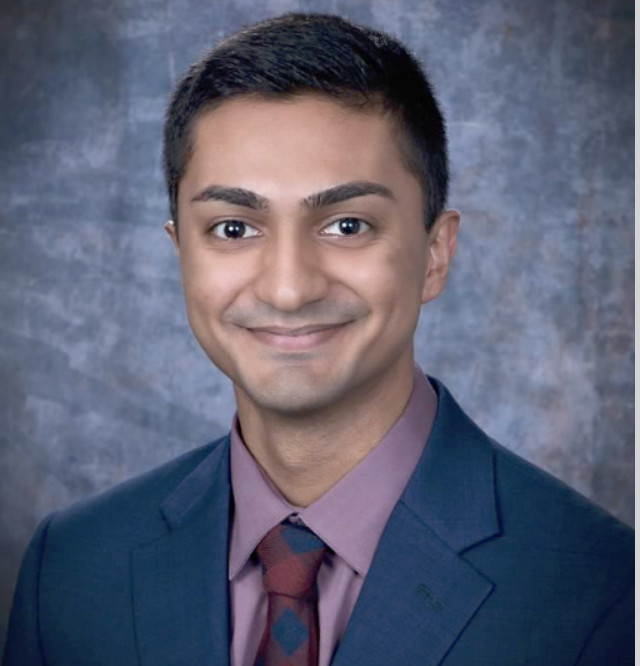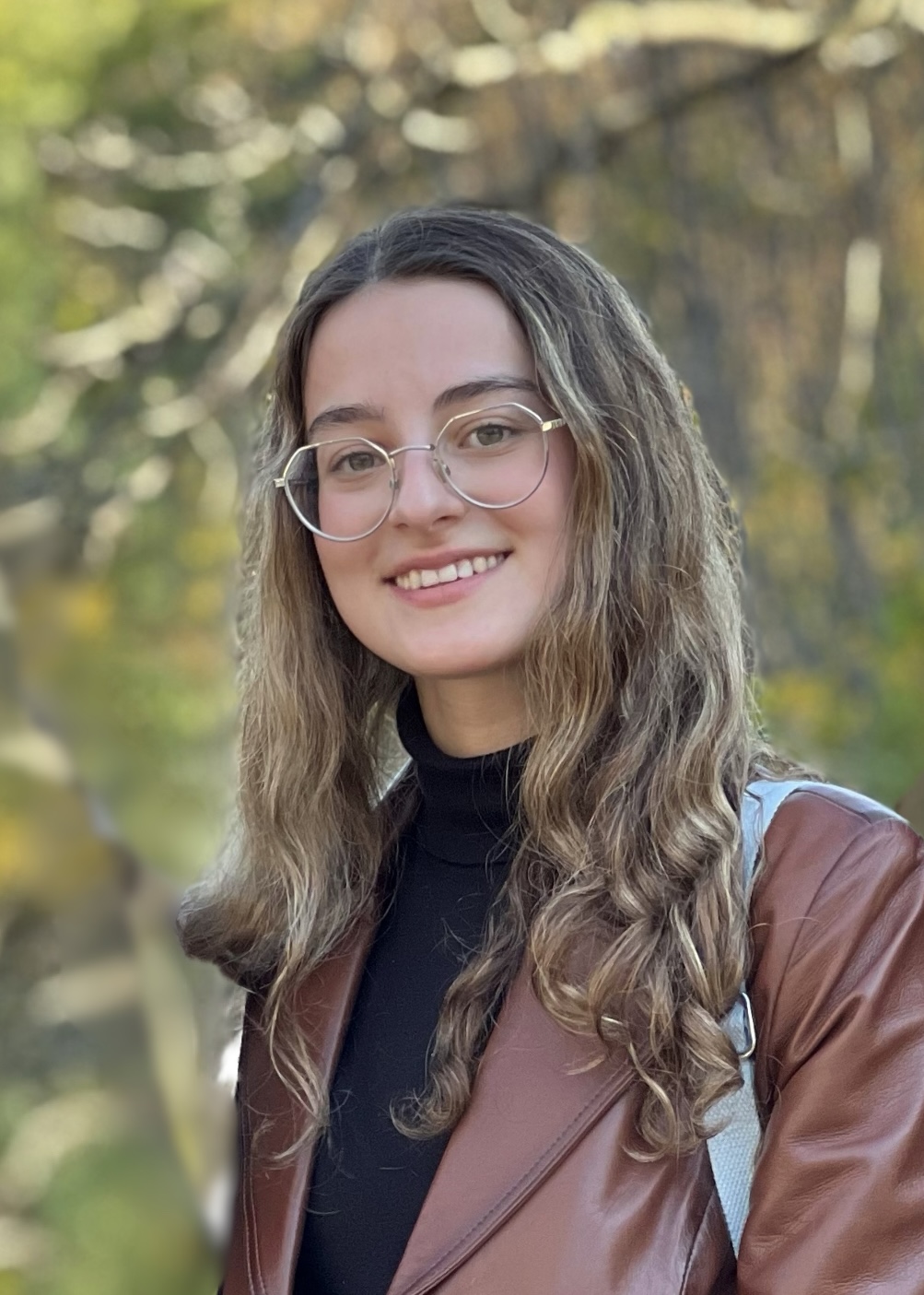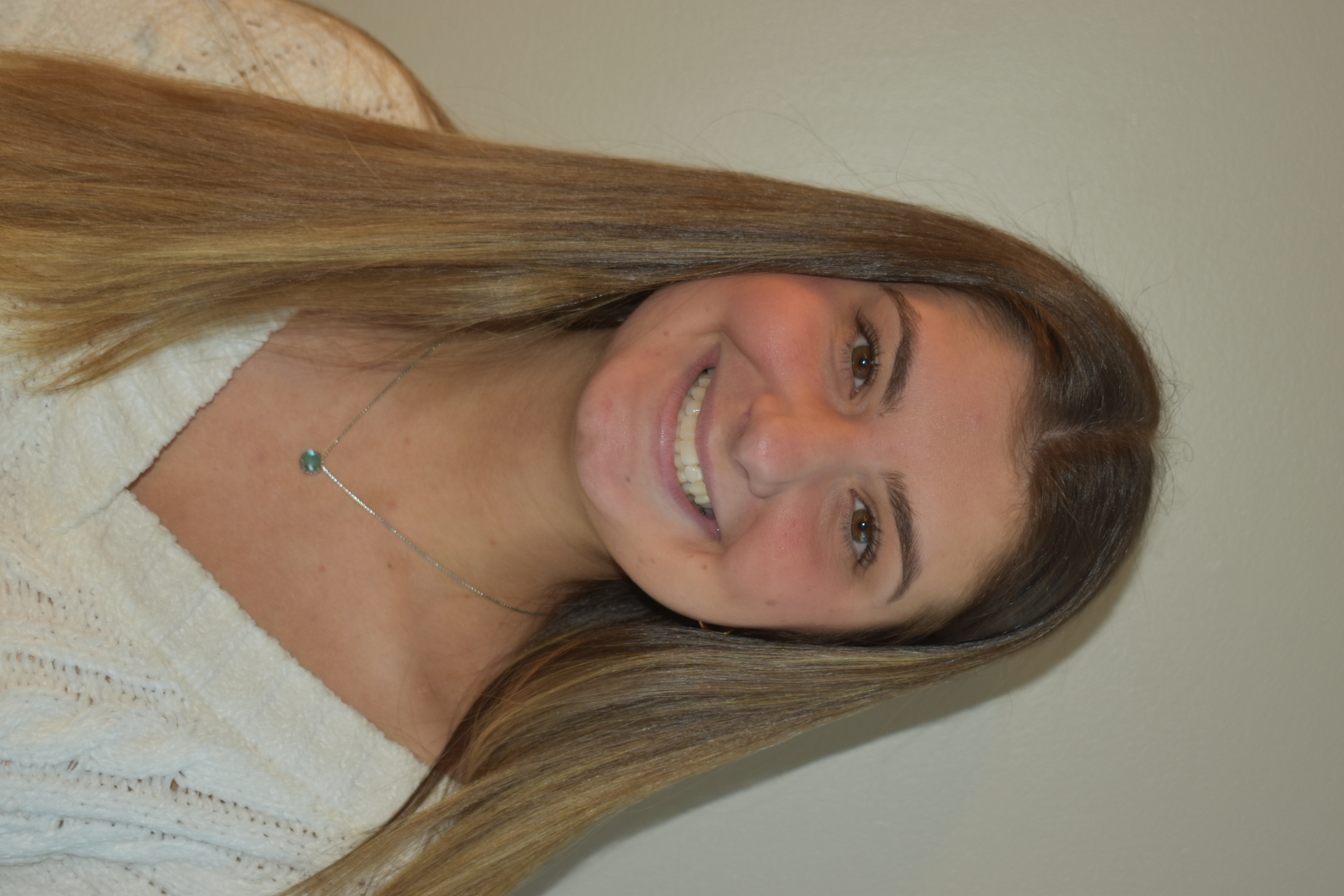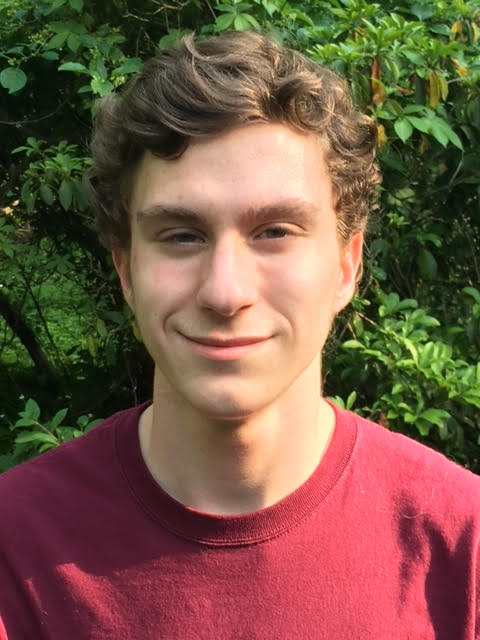Below is a summary of the abstract you submitted. Presenting author(s) is shown in bold.
If any changes need to be made, you can modify the abstract or change the authors.
You can also download a .docx version of this abstract.
If there are any problems, please email Dan at dar78@pitt.edu and he'll take care of them!
This abstract was last modified on March 15, 2023 at 10:14 p.m..
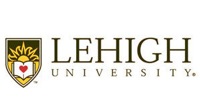
Lehigh’s SEA program provides opportunities for first year and advanced undergraduates to extend their discoveries and investigations about Actinobacter phage genome structural diversity, host-phage interactions, phage gene structure/function, and phage biology into multiple courses throughout their academic career. Students are involved in several projects, including mycobacteriophage genome annotations and comparative genome analyses, investigations of phage gene functions and host interactions, and exploring immunity mechanisms governed by cluster N prophages. Here, we report updates. I. Comparative genome analyses of newly annotated cluster C1 phages Chomp and Ngannou may reveal genome differences that account for the lysogen-proficient phenotype that Ngannou, but not Chomp, displays as a stable lysogen that blocks infection by other C1 phages and several other heterotypic phages. II(A). Other students, previously enrolled in SEA-GENES, are analyzing functions of a subset of genes that are cytotoxic or significantly reduce growth when overexpressed in Mycobacterium smegmatis. Using SEA-GENES methodologies and bacterial two-hybrid analyses, Butters genes 59 and 45 along with Taptic genes 58 and 86 are at various stages of the bacterial two-hybrid process to identify interacting host proteins. (B) In another gene function study, students are investigating the role of Taptic gp29 as a putative small ribosomal subunit protein (based on HHPred analysis showing extensive homology to ribosomal protein S27a) using heterologous expression of Flag- or His-tagged gp29 expression in E. coli.III. We have recently extended our studies of cluster N prophage biology to Smurph and Kevin1 to uncover genes that are required for defense against heterotypic viral attack. Smurph defends against a larger and more diverse group of heterotypic phages compared to Butters. Deletion of Smurph genes 31-35 is in progress using Bacteriophage Recombineering Electroporated DNA (BRED) strategies with deletion of genes 31-32 recently confirmed. Mutant phages are being used to produce lysogens for use in immunity studies to compare plating efficiency profiles for heterotypic phages with profiles from a wild type lysogen. In Kevin1, gene 30 (predicted to encode a AAA ATPase) is of interest because of its uniqueness within the central variable region of the genome compared to other known cluster N phage genomes. A Kevin1 gene 30 deletion mutant (produced by BRED) is being used to test the hypothesis that this proposed AAA ATPase has a role in prophage-mediated defense of a Kevin1 lysogen from selective heterotypic phage attack. Additionally, cloning of wild type and mutant Kevin1 gene 30 into the pExTra vector will allow pursuit of cytotoxicity and defense assays to develop additional hypotheses about Kevin1 gene 30 function. Collectively, these ongoing research projects underscore the breadth of Lehigh’s advanced SEA-PHAGES Program.

